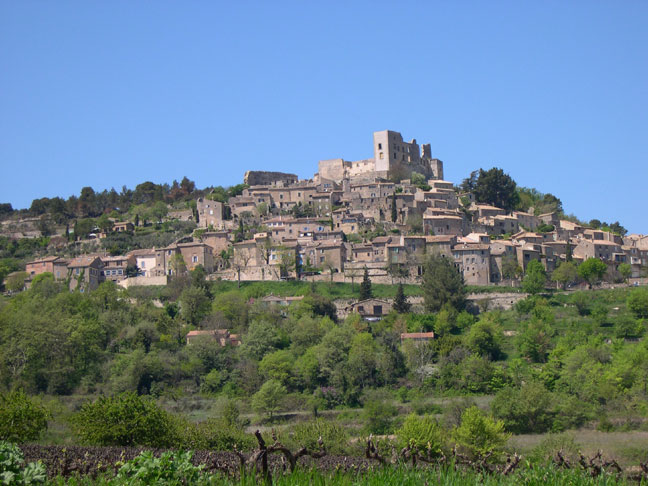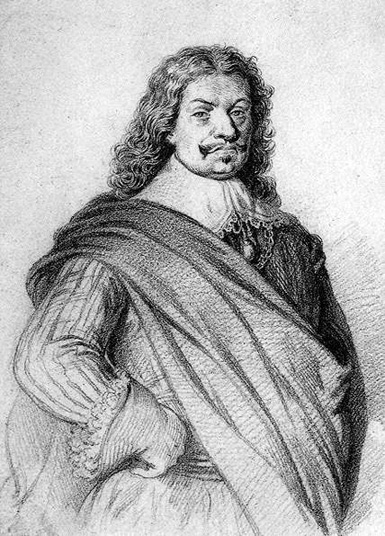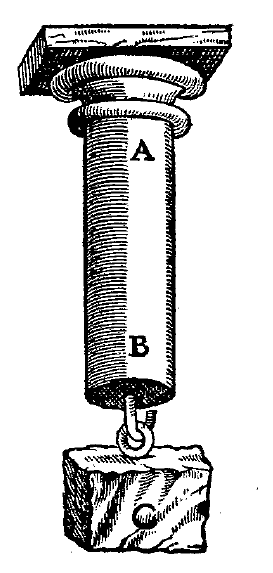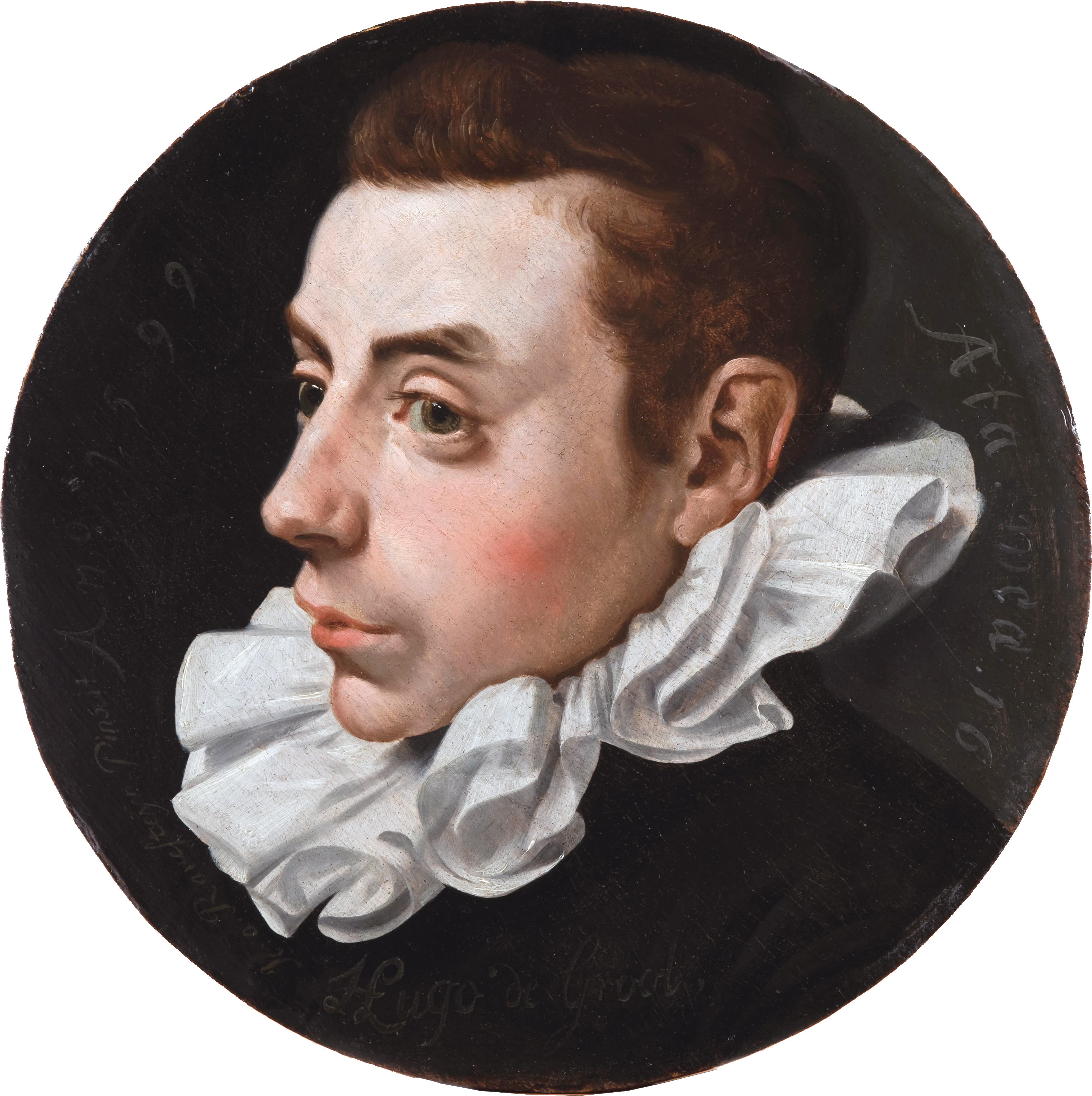|
Prison Literature
Prison literature is a literary genre characterized by literature that is written while the author is confined in a location against his will, such as a prison, jail or house arrest.Tony Perrottet. "Serving the Sentence", ''New York Times Book Review'', July 24, 2011. The literature can be about prison, informed by it, or simply coincidentally written while in prison. It could be a memoir, nonfiction, or fiction. Notable examples of prison literature Boethius's ''Consolation of Philosophy'' (524 AD) has been described as "by far the most interesting example of prison literature the world has ever seen." Marco Polo found time to dictate a detailed account of his travels to China, ''The Travels of Marco Polo'', to a fellow inmate whilst he was imprisoned in Genoa from 1298 to 1299. Dante Alighieri wrote the ''Divine Comedy'' in exile, far away from his beloved home town of Florence, which he was not allowed to enter again after 1301. Sir Thomas Malory likely wrote ''Le Morte d'Arth ... [...More Info...] [...Related Items...] OR: [Wikipedia] [Google] [Baidu] |
Boethius Imprisoned Consolation Of Philosophy 1385
Anicius Manlius Severinus Boethius, commonly known as Boethius (; Latin: ''Boetius''; 480 – 524 AD), was a Roman senator, consul, ''magister officiorum'', historian, and philosopher of the Early Middle Ages. He was a central figure in the translation of the Greek classics into Latin, a precursor to the Scholastic movement, and, along with Cassiodorus, one of the two leading Christian scholars of the 6th century. The local cult of Boethius in the Diocese of Pavia was sanctioned by the Sacred Congregation of Rites in 1883, confirming the diocese's custom of honouring him on the 23 October. Boethius was born in Rome a few years after the collapse of the Western Roman Empire. A member of the Anicii family, he was orphaned following the family's sudden decline and was raised by Quintus Aurelius Memmius Symmachus, a later consul. After mastering both Latin and Greek in his youth, Boethius rose to prominence as a statesman during the Ostrogothic Kingdom: becoming a senator by age 25, ... [...More Info...] [...Related Items...] OR: [Wikipedia] [Google] [Baidu] |
Miguel De Cervantes
Miguel de Cervantes Saavedra (; 29 September 1547 (assumed) – 22 April 1616 Old Style and New Style dates, NS) was an Early Modern Spanish writer widely regarded as the greatest writer in the Spanish language and one of the world's pre-eminent novelists. He is best known for his novel ''Don Quixote'', a work often cited as both the first modern novel and one of the pinnacles of world literature. Much of his life was spent in poverty and obscurity, which led to many of his early works being lost. Despite this, his influence and literary contribution are reflected by the fact that Spanish is often referred to as "the language of Cervantes". In 1569, Cervantes was forced to leave Spain and move to Rome, where he worked in the household of a Cardinal (Catholic Church), cardinal. In 1570, he enlisted in a Spanish Marine Infantry, Spanish Navy infantry regiment, and was badly wounded at the Battle of Lepanto in October 1571. He served as a soldier until 1575, when he was captur ... [...More Info...] [...Related Items...] OR: [Wikipedia] [Google] [Baidu] |
Marquis De Sade
Donatien Alphonse François, Marquis de Sade (; 2 June 1740 – 2 December 1814), was a French nobleman, revolutionary politician, philosopher and writer famous for his literary depictions of a libertine sexuality as well as numerous accusations of sex crimes. His works include novels, short stories, plays, dialogues, and political tracts. In his lifetime some of these were published under his own name while others, which Sade denied having written, appeared anonymously. Sade is best known for his erotic works, which combined philosophical discourse with pornography, depicting sexual fantasies with an emphasis on violence, suffering, anal sex (which he calls sodomy), child rape, crime, and blasphemy against Christianity. Many of the characters in his works are teenagers or adolescents. His work is a depiction of extreme absolute freedom, unrestrained by morality, religion, or law. The words ''sadism'' and '' sadist'' are derived from his name in reference to the works of f ... [...More Info...] [...Related Items...] OR: [Wikipedia] [Google] [Baidu] |
The Pilgrim's Progress
''The Pilgrim's Progress from This World, to That Which Is to Come'' is a 1678 Christian allegory written by John Bunyan. It is regarded as one of the most significant works of theological fiction in English literature and a progenitor of the narrative aspect of Christian media. It has been translated into more than 200 languages and never been out of print. It appeared in Dutch in 1681, in German in 1703 and in Swedish in 1727. The first North American edition was issued in 1681.Lyons, M. (2011). Books: A Living History. Getty Publications. It has also been cited as the first novel written in English. According to literary editor Robert McCrum, "there's no book in English, apart from the Bible, to equal Bunyan's masterpiece for the range of its readership, or its influence on writers as diverse as C. S. Lewis, Nathaniel Hawthorne, Herman Melville, Charles Dickens, Louisa May Alcott, George Bernard Shaw, William Thackeray, Charlotte Bronte, Mark Twain, John Steinbeck a ... [...More Info...] [...Related Items...] OR: [Wikipedia] [Google] [Baidu] |
John Bunyan
John Bunyan (; baptised 30 November 162831 August 1688) was an English writer and Puritan preacher best remembered as the author of the Christian allegory ''The Pilgrim's Progress,'' which also became an influential literary model. In addition to ''The Pilgrim's Progress'', Bunyan wrote nearly sixty titles, many of them expanded sermons. Bunyan came from the village of Elstow, near Bedford. He had some schooling and at the age of sixteen joined the Parliamentary Army during the first stage of the English Civil War. After three years in the army he returned to Elstow and took up the trade of tinker, which he had learned from his father. He became interested in religion after his marriage, attending first the parish church and then joining the Bedford Meeting, a nonconformist group in Bedford, and becoming a preacher. After the restoration of the monarch, when the freedom of nonconformists was curtailed, Bunyan was arrested and spent the next twelve years in prison as he refuse ... [...More Info...] [...Related Items...] OR: [Wikipedia] [Google] [Baidu] |
Bora Cosic
Bora may refer to: Geography * Bora (Australian), the site of an initiation ceremony in Australian aboriginal culture, sometimes known as Bora rings * Bora, Punjab, a village in India * Borá, a city in the São Paulo state in Brazil * Bora (wind), a north to north-eastern katabatic wind in areas near the Adriatic Sea. Art, entertainment, and media Fictional entities * Bora (comics), a Marvel Comics character with wind-related powers * Bora Horza Gobuchul, the protagonist of the novel ''Consider Phlebas'' by Iain M. Banks Television * ''Bora'' (television series) * Bora, a super-powerful robot that fought Pluto in an ''Astro Boy'' (1980 TV series) episode; Bora's attack is a powerful cry that releases a katabatic wind * Bora, a character in ''Dragon Ball'' * Bora, a group of rebel colonists found in the 2000 game '' Tachyon: The Fringe'' People Culture * Bora language, a Witotoan language spoken in Western Amazon forest region (Peru, Brazil, and Colombia) * Bora people, the eth ... [...More Info...] [...Related Items...] OR: [Wikipedia] [Google] [Baidu] |
Raimondo Montecuccoli
Raimondo Montecuccoli (; 21 February 1609 – 16 October 1680) was an Italian-born professional soldier, military theorist, and diplomat, who served the Habsburg monarchy. Experiencing the Thirty Years' War from scratch as a simple footsoldier, he rose through the ranks into a regiment holder and became an important cavalry commander in the late stages. Serving the Habsburgs as war counsellor and envoy, he commanded their troops in the Second Northern War and the Austro-Turkish War of 1663–64 where he scored an impressive victory in the Battle of Saint Gotthard. Afterwards, he became president of the Hofkriegsrat and briefly returned as supreme commander of the Imperial forces during the Franco-Dutch War. Montecuccoli was considered the only commander able to compete with the French general Turenne, (1611–1675), and like him, was closely associated with the post-1648 development of linear infantry tactics. Early life Montecuccoli was born on 21 February 1609 in the Cast ... [...More Info...] [...Related Items...] OR: [Wikipedia] [Google] [Baidu] |
Two New Sciences
The ''Discourses and Mathematical Demonstrations Relating to Two New Sciences'' ( it, Discorsi e dimostrazioni matematiche intorno a due nuove scienze ) published in 1638 was Galileo Galilei's final book and a scientific testament covering much of his work in physics over the preceding thirty years. It was written partly in Italian and partly in Latin. After his ''Dialogue Concerning the Two Chief World Systems'', the Roman Inquisition had banned the publication of any of Galileo's works, including any he might write in the future. After the failure of his initial attempts to publish ''Two New Sciences'' in France, Germany, and Poland, it was published by Lodewijk Elzevir who was working in Leiden, South Holland, where the writ of the Inquisition was of less consequence (see House of Elzevir). Fra Fulgenzio Micanzio, the official theologian of the Republic of Venice, had initially offered to help Galileo publish in Venice the new work, but he pointed out that publishing the ''T ... [...More Info...] [...Related Items...] OR: [Wikipedia] [Google] [Baidu] |
Galileo Galilei
Galileo di Vincenzo Bonaiuti de' Galilei (15 February 1564 – 8 January 1642) was an Italian astronomer, physicist and engineer, sometimes described as a polymath. Commonly referred to as Galileo, his name was pronounced (, ). He was born in the city of Pisa, then part of the Duchy of Florence. Galileo has been called the "father" of observational astronomy, modern physics, the scientific method, and modern science. Galileo studied speed and velocity, gravity and free fall, the principle of relativity, inertia, projectile motion and also worked in applied science and technology, describing the properties of pendulums and "hydrostatic balances". He invented the thermoscope and various military compasses, and used the telescope for scientific observations of celestial objects. His contributions to observational astronomy include telescopic confirmation of the phases of Venus, observation of the four largest satellites of Jupiter, observation of Saturn's rings, and a ... [...More Info...] [...Related Items...] OR: [Wikipedia] [Google] [Baidu] |
Hugo Grotius
Hugo Grotius (; 10 April 1583 – 28 August 1645), also known as Huig de Groot () and Hugo de Groot (), was a Dutch humanist, diplomat, lawyer, theologian, jurist, poet and playwright. A teenage intellectual prodigy, he was born in Delft and studied at Leiden University. He was imprisoned in Loevestein Castle for his involvement in the intra-Calvinist disputes of the Dutch Republic, but escaped hidden in a chest of books that was transported to Gorinchem. Grotius wrote most of his major works in exile in France. Hugo Grotius was a major figure in the fields of philosophy, political theory and law during the 16th and 17th centuries. Along with the earlier works of Francisco de Vitoria and Alberico Gentili, he laid the foundations for international law, based on natural law in its Protestant side. Two of his books have had a lasting impact in the field of international law: ''De jure belli ac pacis'' 'On the Law of War and Peace''dedicated to Louis XIII of France and the '' ... [...More Info...] [...Related Items...] OR: [Wikipedia] [Google] [Baidu] |
TheGuardian
''The Guardian'' is a British daily newspaper. It was founded in 1821 as ''The Manchester Guardian'', and changed its name in 1959. Along with its sister papers ''The Observer'' and ''The Guardian Weekly'', ''The Guardian'' is part of the Guardian Media Group, owned by the Scott Trust Limited, Scott Trust. The trust was created in 1936 to "secure the financial and editorial independence of ''The Guardian'' in perpetuity and to safeguard the journalistic freedom and liberal values of ''The Guardian'' free from commercial or political interference". The trust was converted into a limited company in 2008, with a constitution written so as to maintain for ''The Guardian'' the same protections as were built into the structure of the Scott Trust by its creators. Profits are reinvested in journalism rather than distributed to owners or shareholders. It is considered a newspaper of record in the UK. The editor-in-chief Katharine Viner succeeded Alan Rusbridger in 2015. Since 2018, th ... [...More Info...] [...Related Items...] OR: [Wikipedia] [Google] [Baidu] |
Tower Of London
The Tower of London, officially His Majesty's Royal Palace and Fortress of the Tower of London, is a historic castle on the north bank of the River Thames in central London. It lies within the London Borough of Tower Hamlets, which is separated from the eastern edge of the square mile of the City of London by the open space known as Tower Hill. It was founded towards the end of 1066 as part of the Norman Conquest. The White Tower (Tower of London), White Tower, which gives the entire castle its name, was built by William the Conqueror in 1078 and was a resented symbol of oppression, inflicted upon London by the new Normans, Norman ruling class. The castle was also used as a prison from 1100 (Ranulf Flambard) until 1952 (Kray twins), although that was not its primary purpose. A grand palace early in its history, it served as a royal residence. As a whole, the Tower is a complex of several buildings set within two concentric rings of defensive walls and a moat. There were severa ... [...More Info...] [...Related Items...] OR: [Wikipedia] [Google] [Baidu] |










